In the fast-moving world of construction, the weather has a way of transforming beautiful blue skies into a rain-soaked nightmare within minutes. With heavy rain, the risk of accidents, health problems, and decreased productivity increases significantly on a job site. For construction workers, the right rain gear becomes as vital as their tools. While it's impractical to stop work at every raindrop, well-chosen rain gear can keep crews dry, comfortable, and safe, even under adverse weather conditions.
Understanding the Importance of Rain Gear
Sheltering ourselves from Mother Nature's whims, particularly when the sky turns grey, and the rain begins to pour, requires the right type of protective equipment - rain gear. Over time, rain gear has proven to be an instrumental addition in every outdoor enthusiast or professional's wardrobe. But just how important is rain gear, and how does it work to our advantage? In this section, we'll be shedding light on the importance of rain gear, focusing on its role in protection against elements, safety on job sites, and comfort during work hours.
Protection Against Elements
Rain gear is our first line of defense against the harsh outdoor elements. Crafted with water-resistant or waterproof properties, rain gear keeps the body dry throughout the wettest weather. But it doesn't stop at rainfall:
- Wind Protection: Most high-grade rain gear not only shields you from rain but also windy conditions. A gusty day can be as discomforting as a drizzly one, so it's great to own gear that handles both.
- Cold Resistance: Rain usually brings with it noticeable chills. A good set of rain gear can create a barrier that keeps your body warm.
- UV Defense: Some rain gear provides UPF protection to arm you against harmful UV rays when the rain clouds lift, and the sun comes out.
Safety on the Job Site
For professionals who work on outdoor job sites, the importance of rain gear cannot be overstated. Industrious builders, tireless surveyors, or dedicated landscapers, they all know how crucial it is:
- Visibility: Rain gear frequently possesses high-visibility accents, ensuring that others can clearly see the wearer in low light conditions or during heavy rainfall.
- Reflection of Hazards: Aggressive rain can turn a usually safe space into a field of potential hazards. Rain gear offers protection against splashes of chemicals, debris, or other muck kicked up by torrential rain.
- Injury Prevention: By keeping the wearer dry and warm, rain gear reduces the risk of hypothermia or other weather-related injuries or illnesses.
Comfortability During Work Hours
Last but by no means least, an often-underappreciated aspect of professional grade rain gear is the comfort it offers. Working for extended periods in the rain can be grueling, and low morale can creep in when we are cold and wet:
- Breathability: Top-quality rain gear manages the delicate balance of keeping water out while letting sweat vapor escape, holding dryness and comfort in equilibrium.
- Freedom of Movement: Rain gear is designed to fit well without being restrictive, allowing for ease of movement throughout the workday.
- Dryness: Above all, staying dry is not only key to staying comfortable but also to maintaining focus and productivity on tasks at hand.
The importance of rain gear, as you'll agree, goes beyond merely keeping us dry. It's an essential safety measure, an invaluable work tool, and, let's admit, a major comfort provider. An investment in high-grade rain gear guarantees not just a return in product longevity, but a promise of protection, safety and comfort, come rain or shine.
Essential elements of Rain Gear for Construction
Whether you're a seasoned construction professional or a hands-on homeowner undertaking a DIY project, working under rain can be both uncomfortable and, in certain instances, unsafe. To counteract these problems, it's crucial to have robust gear that will keep you dry and protected as you navigate tricky construction tasks under the pouring skies. This state-of-the-art rain gear transcends umbrella or a basic poncho; it consists of a full armor that covers from head to toe - waterproof coats and jackets, rain pants, water-resistant footwear, waterproof gloves, rain hats, and helmets.
Waterproof Coats and Jackets
Forget those older style rubber raincoats; they were bulky, heavy, and barely breathable. Modern waterproof coats and jackets are lightweight yet sturdy and capable of fending off harsh weather conditions. Here are some factors that make them an essential component in rain gear for construction:
- Material: A waterproof jacket or coat must be highly resistant to water entry while offering breathability to the wearer. Hailing from advanced material engineering, they're usually constructed from Nylon or Polyester with a waterproof coating or a laminated layer.
- Design: Look for designs specifically intended for construction work. These come with added features such as detachable hoods, ventilation slits under the arms, and larger pocket spaces for essential tools and accessories.
Rain Pants
Rain pants, otherwise referred to as overtrousers, make up the lower half of your rain gear set. These are specifically designed to be worn over your regular work trousers, offering a layer of water resistance. Here's what you should keep an eye out for:
- Comfort: Choose rain pants that are lightweight and still offer enough room for unrestricted movement, even when worn over regular work pants.
- Durability: The pants should be sturdy enough to endure rigorous use in outdoor construction sites. High-denier fabric rain pants are usually rough-and-tough and long-living.
Water-resistant Footwear
Your feet are quite literally the foundation of your work in construction, making it imperative to ensure they're kept dry and comfortable. The features of water-resistant boots include:
- Material: Rubber or synthetic uppers are a staple in water-resistant construction footwear, coupled with waterproof linings such as Gore-Tex.
- Safety Toes: Most water-resistant boots come with protective caps at the toe region to shield your feet from falling debris and heavy equipment.
Waterproof Gloves
More than keeping your hands dry, waterproof gloves protect them from cold, giving you the needed dexterity for conducting intricate tasks. Essential aspects to consider are:
- Grip: Gloves should be designed with tough palms and fingers for a superior grip on tools, even under wet conditions.
- Fit: A well-fitting glove will provide optimal protection and comfort, allowing you a full range of motion.
Rain Hats and Helmets
Finally, no rain gear for construction is complete without a protective head covering. Here's what you need to know:
- Functionality: Apart from protecting from rain, the hats or helmets should also serve extra purposes - maybe a sun shield in hot weather or as an insulation layer in cold.
- Compatibility: The rain hat or helmet should be adjustable and easy to wear, either standalone or over a regular construction helmet.
When the heavens open up and the rain starts to pour, don't let it hinder your construction progress. With your heavy-duty rain gear at the ready - you'll be prepared for any sky-based surprises Mother Nature might want to throw your way!
Key Features to Look for in Rain Gear
Whether you're an avid outdoor enthusiast or you simply need something to keep you dry during a downpour, a quality rain gear is an essential part of any wardrobe. However, with an abundant variety of rain gear available in the market, it can be tricky to identify the ideal one. To ensure you're investing in a rainwear that serves your needs, here are a few critical features to look out for.
Material Quality
The first feature that you should prioritize when buying rain gear is the material quality. The fabric should be completely waterproof to protect you against heavy rainfall. But being waterproof isn't enough; superior quality rain gear is created with materials that are also breathable, thus offering the perfect blend of protection and comfort.
Breathability
Breathability is a congruent feature with the material quality. A breathable rain gear ensures that you remain comfortable, regardless of how long you wear it. Unlike non-breathable materials that can trap heat and moisture, resulting in discomfort and sweat, a breathable fabric allows for proper moisture and temperature regulation.
Durability
Rain gear is more than just a seasonal attire; it's an investment piece. So, durability matters. It is advisable to opt for rain gear that exhibits high wear-and-tear resistance. A durable coat will serve its purpose for many rainy sessions, giving you value for your money.
Fit and Sizing
The fit and size are another pair of crucial features to inspect. Consider rain gear that complements your body shape and comfortably accommodates multiple layers underneath if necessary. Remember, a proper fit doesn't mean you have to compromise on aesthetics. Many brands offer stylish, well-fitting rain gear that marries functionality with fashion seamlessly.
Ease of Movement
While fit and size ensure comfort, ease of movement guarantees efficiency. If the rain gear restricts your movement or feels terribly cumbersome, it's not worth the investment, irrespective of how good it might look or the material quality. The aim is to find rain gear that allows freedom of movement, so you stay active, even during a downpour.
Visibility Features
Lastly, let's talk about visibility features. If you're going to be outside in the rain, particularly in low-light conditions or at night, you'll want rain gear with reflective elements. These additions increase your visibility to others and considerably improve safety.
Carefully considering these key features will guide you towards the perfect rain gear that not only keeps you dry but is also comfortable, stylish, and durable. Never underestimate the importance of a good raincoat because when the storm hits, you'll thank yourself for making a wise purchase.
Proper Maintenance and Care for Your Rain Gear
When it comes to outdoor adventure, nothing works better than a set of reliable rain gear. From stormy days spent hiking mountain trails to fishing on misty mornings, your rain gear is the trustworthy companion you need. But as with any item of value, proper care and maintenance are vital to ensure it can continue safeguarding you from the harsh elements season after season. This article details the essential steps you need to follow to keep your rain gear at its peak performance.
Cleaning and Storing
Whether it's rain boots, a storm jacket, or a waterproof hat, cleaning your rain gear appropriately after every adventure is crucial. Grime, dirt, and residue can compromise the waterproof nature over time, leading to wet discomforts during your outdoor trysts. Here are a few pointers you should consider:
- Always check the manufacturer's instructions. They provide the best guide on the suitable cleaning method.
- For machine-washable gear, use a gentle cycle and avoid using harsh detergent.
- Air dry your gear. Excessive heat can damage the fabric and affect its waterproof qualities.
When it comes to storage, remember to:
- Store your gear in a dry, cool space to prevent mildew buildup and degradation of waterproof features.
- Never cram the gear in a tight spot. Allow it room to breathe to prevent creasing that can weaken the waterproof material.
Regular Inspection and Repairing
Consistent check-ups are crucial to ensure that your rain gear is always in top shape. Look for potential issues like signs of wear and tear, damaged zippers, or a thinning fabric. Repair minor issues immediately before they transform into big problems that could lead to gear replacement. If you can't fix them, consider outsourcing the task to professionals.
Replacing Worn Out Gear
Despite our best efforts at maintaining gear, there comes a time when replacements are inevitable. When your rain gear no longer provides the required level of protection or comfort, consider replacing it. Invest in high-quality gear with excellent durability to serve you over numerous adventures.
Taking proper care of your rain gear ensures it remains your reliable companion during your outdoor explorations. By following these maintenance tips, you get to enjoy your love for adventure without worrying about tricky weather conditions. So, clean your gear, conduct regular check-ups, and replace when necessary, and keep adventuring in any weather!
Additional Tips to Stay Dry on Construction Sites
Sometimes, our construction tasks challenge us to adapt to less than ideal weather conditions. How we manage these uncertainties immensely affects our project timelines, resulting efficiency and overall safety. A chief among these challenges is staying dry during rainy and damp periods. Here are some handy and strategic tips to help push forward our construction projects while ensuring safety and productivity in wet conditions.
Construct Temporary Shelters
One effective strategy in keeping ourselves dry and our materials protected is to construct temporary shelters or overhead coverings. They may vary, from easy to set up tents and tarps to more intricate solutions like semi-permanent covered scaffolding. Constructing these weather-proof shelters helps us move forward with our tasks unhindered, while also ensuring the quality of our materials aren't compromised.
Scheduling Breaks
Rainy weather can make working conditions on construction sites challenging. Although it may seem counter-intuitive, scheduling more frequent, short breaks can aid in staying dry longer. These breaks give us a chance to shake off some water, change into dry gloves or safety vests if necessary, and re-energize for the tasks ahead.
Staying Aware of Weather Forecasts
Staying informed on weather forecasts is crucial when managing a construction site. With the help of modern technology, we can get accurate and timely weather updates that enable us to adjust our work schedules accordingly. By doing so, we can plan our tasks around dryer periods, ensuring we remain productive and safe.
Hydration and Skin Care
Despite the wet weather, it is critical to keep our bodies hydrated throughout the day. We should aim to drink clean water regularly and consume hydrating fruits to replenish lost fluids. Since damp conditions can soften the skin, leading to blisters, it's also important to invest in quality waterproof gloves and shoes to protect the hands and feet.
By following these simple yet effective tips, we can surmount even the wettest of weather conditions, keeping our construction projects on track and our team safe and productive. Remember, success in construction lies not just in overcoming the literal building blocks but also in handling the unpredictable weather blocks!
Conclusion
Whether you're a construction worker braving the elements or a manager concerned about your team's safety and productivity, adequate rain gear is an undeniable necessity. It shields you from harsh weather conditions while increasing visibility, comfort, and overall work performance. By investing in quality rain gear and following proper maintenance practices, you can rely on them for years of service.
Don't wait until the sky turns gray to realize you need better protection. View the reliable and comfortable line of Hurricane Raingear products and give yourself the rain defense you deserve. Preparing today means staying safe and productive, no matter what the forecast holds. Remember, good work wear isn't an expense - it's an investment in your safety and efficiency. Enjoy the benefits of being well-equipped during wet weather conditions. With the right protective gear, the rain is no longer an obstacle—it's just another day on the job.
Frequently Asked Questions
-
What type of rain gear is ideal for construction workers?
Ideal rain gear for construction workers includes waterproof jackets, pants, and boots, along with a durable and waterproof hat or helmet cover.
-
Are there any specific features to look for in rain gear for construction work?
Yes, look for rain gear that is made of a durable and waterproof material like PVC or Gore-Tex, has taped seams for added protection, and features high-visibility reflective strips for safety.
-
How can I maintain and prolong the lifespan of my rain gear?
To prolong the lifespan of your rain gear, always follow the manufacturer's care instructions, avoid using harsh chemicals or hot water during cleaning, and store your rain gear in a cool and dry place when not in use.
-
Can rain gear be used in extreme weather conditions?
Yes, rain gear designed for construction workers is often built to withstand extreme weather conditions. However, it's important to check the specifications of the rain gear and ensure it is suitable for the specific conditions you will be working in.
-
Are there any additional accessories that complement rain gear for construction workers?
Yes, in addition to rain gear, construction workers can benefit from accessories like waterproof gloves, knee pads, and safety goggles to provide complete protection from the rain and other elements.



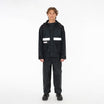
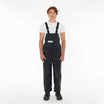
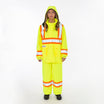
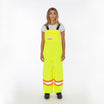
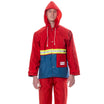
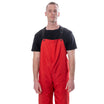
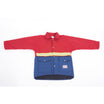
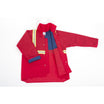
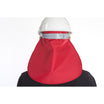
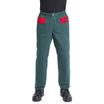
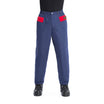
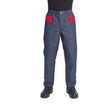
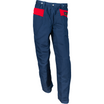
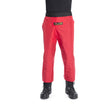
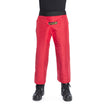
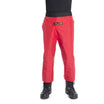
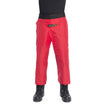
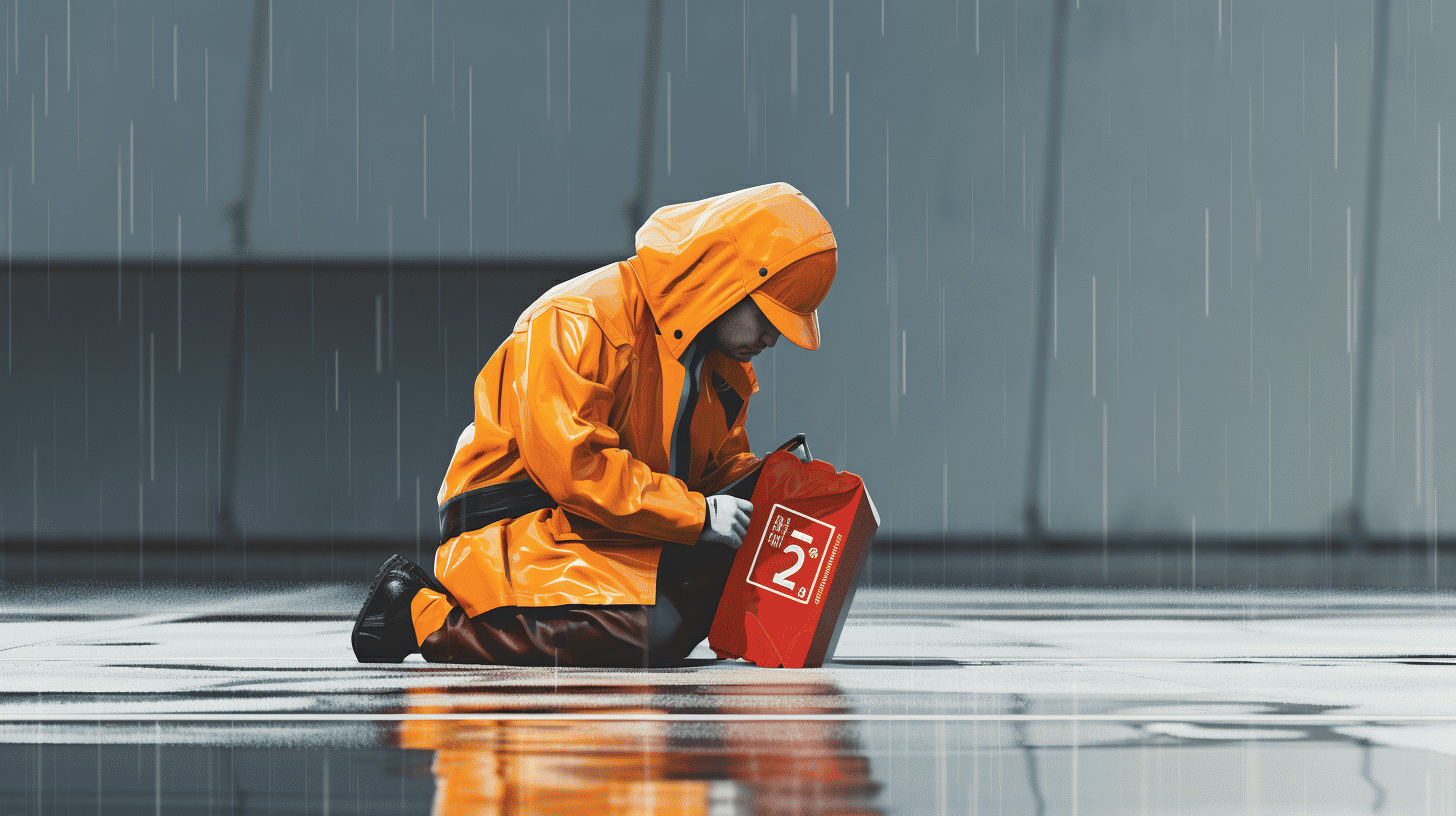
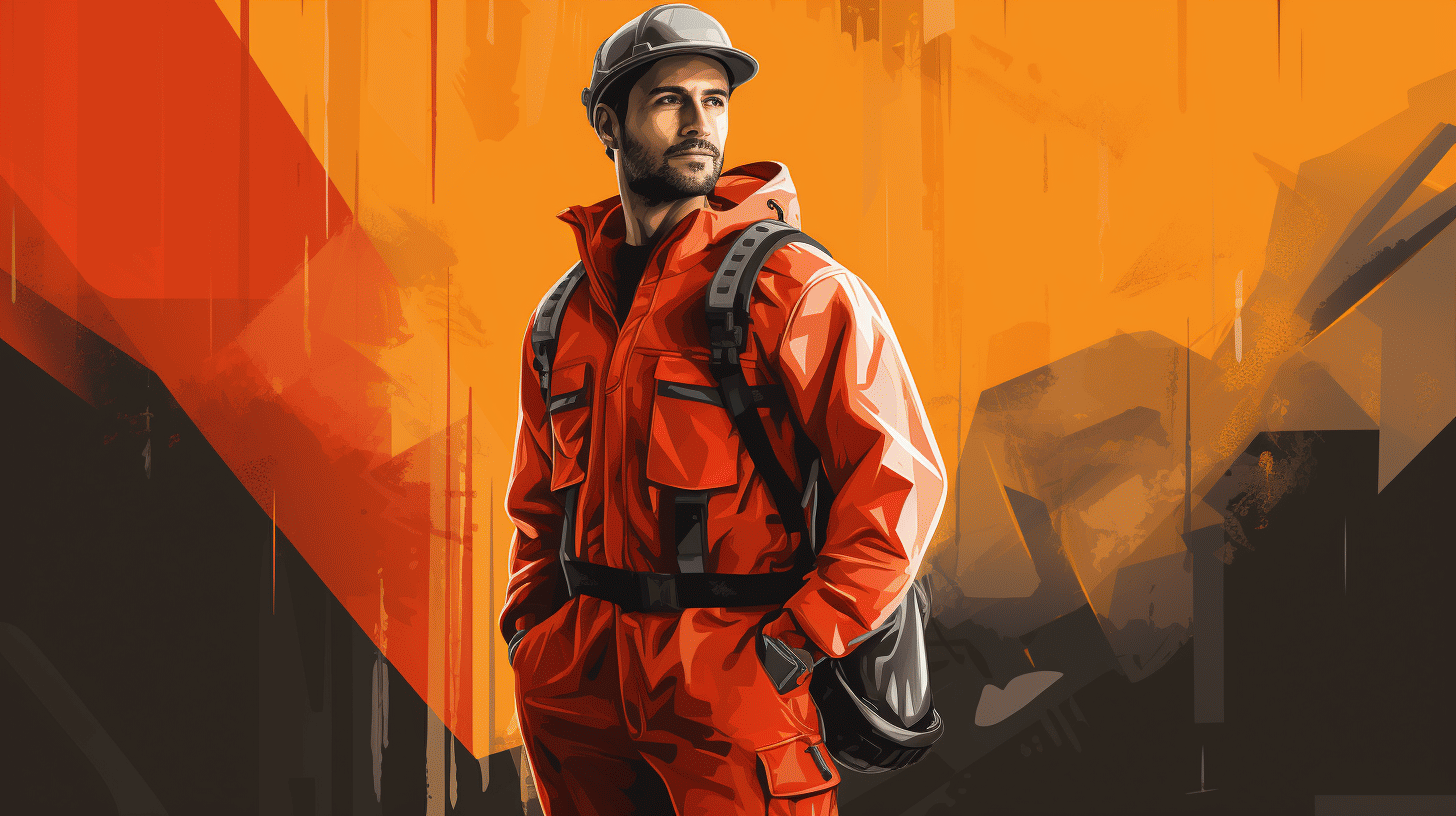
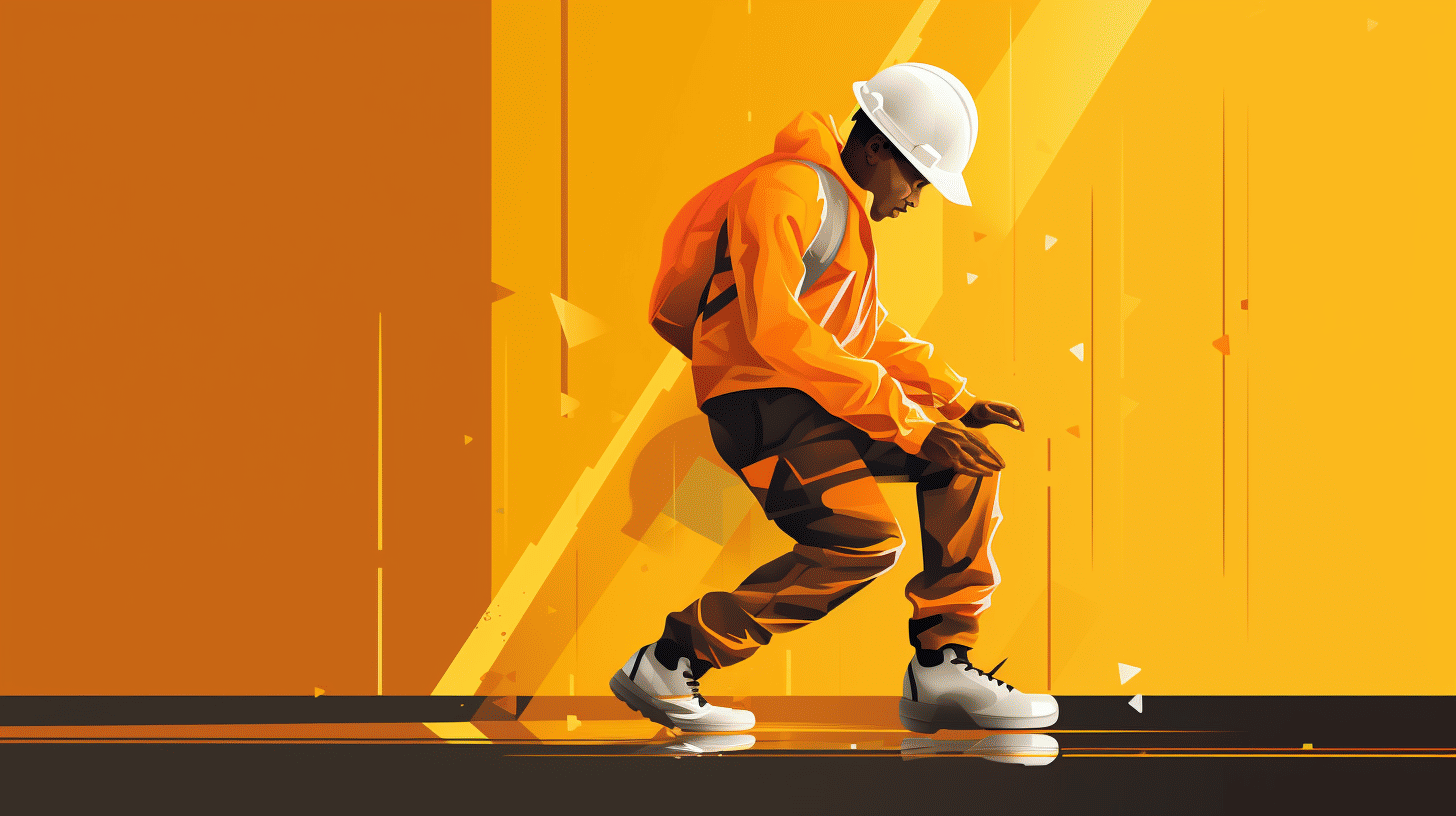
Leave a comment
This site is protected by hCaptcha and the hCaptcha Privacy Policy and Terms of Service apply.